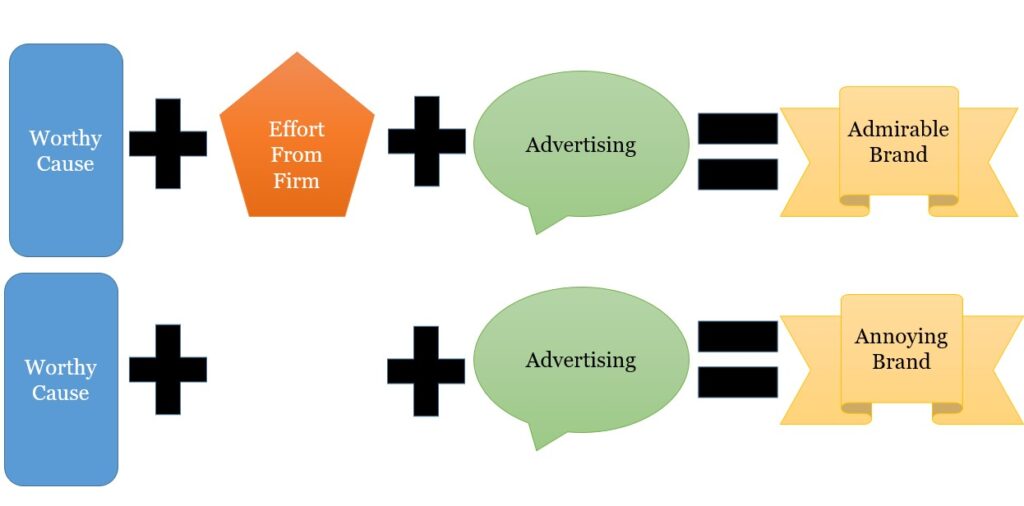Kim Whitler, author of Positioning for Advantage, has had a fascinating career. This has taken her through senior marketing roles at some notable companies. She is now at Darden, the University of Virginia (my MBA alma mater). Her book brought back a lot of memories. She has managed to distill the spirit of academic advice, that is also very practically relevant. (She also has a column for Forbes where she shares her thoughts and advice). What sage advice on positioning does she have?
Visual Appeal Versus Ability To Educate
Whitler’s book is very strong on the importance of understanding and communicating a brand essence. The marketer has to know what this and communicate it. Given her experience she is not too dogmatic, she notes that every advert can’t do everything. That said, you should know what you are trying to do with your advertising and marketing more broadly. What is more, those seeing your marketing should be able to work out your message. (There is no point in having a very clever position that only you know about).
There are tradeoffs in marketing. After describing a very brief history of marketing communications Whitler notes that the sort of highly visual advertisements that became popular could not deliver everything.
Highly visual ads can drive attention but may fail to educate, persuade, or change minds, beliefs, or behaviors.
Whitler, 2021, page 62
Brands Stand For Something
Whitler notes that brands must stand for something. This is critical to the value of branding. The brand must mean something. That said, she would certainly not describe herself as the standard-bearer for corporations having purposes completely disconnected to their commercial endeavors. Her example of Audi and gender pay equity was quite funny.
Audi had devoted advertising to the problem of pay inequity. Yet, Whitler couldn’t find much evidence that this was a long-standing commitment from Audi. She visited a dealership and asked how the firm was combatting pay inequity. It sounds like this was something that, best case scenario, Audi planned to address rather than had addressed. I may be a bit more accepting of firms having missions than Kim but I think we can all agree that firms really should put the effort in if they want to associate with a worthy cause.

Sage Advice On Positioning: Remember You Are Not the Target
One challenge I think we all suffer from at one point or another is thinking that we are the target. This seems especially true in politics. It is easy to dismiss messages that don’t resonate we us but, for some inexplicable reason, seem to work with a large group of other people. Don’t think because you like, or don’t like it, that it is good (or not good). Sometimes it is obvious you aren’t the target audience — K-pop has yet to win me over. That said, even when the audience is closer to you as a marketer or academic you shouldn’t assume that everyone thinks like you do. (Sadly for them).
Whitler’s book is a great practical view of marketing.
For more on positioning see here and here.
Read: Kim Whitler, 2021, Positioning for Advantage: Techniques and Strategies to Grow Brand Value, Columbia Business School Publishing
